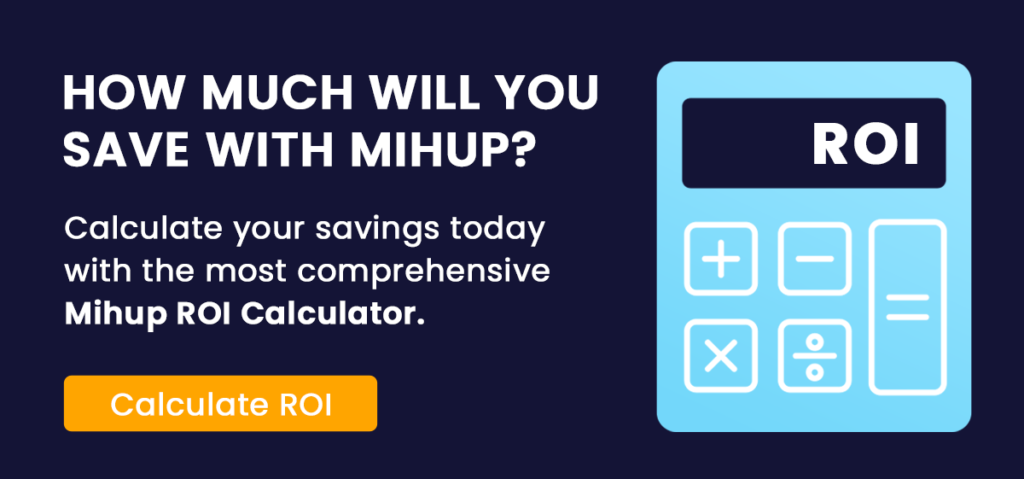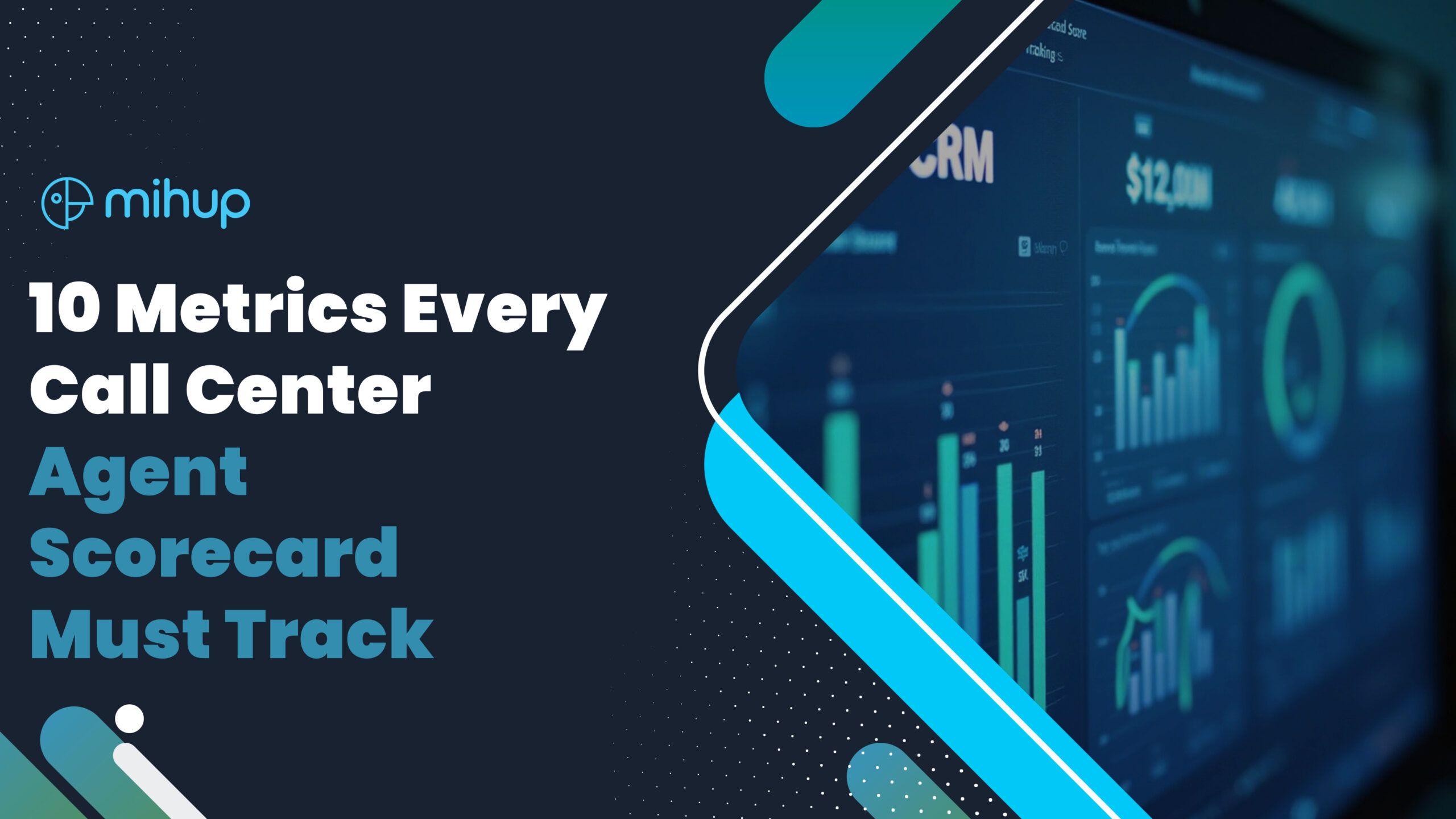Did you know that 89% of customers switch to a competitor after a poor service experience? Of course you know! In an era where customer expectations are off the charts and brand loyalty is a rare bird, being consistent with service is a must. This is where Quality Assurance (QA) plays not only the role of a checkpoint but also the brain center of each customer-oriented call center.
And at the heart of successful QA operations? The humble yet powerful call audit template.
For QA teams, call audit templates are the way of ensuring that standardized evaluation, structured feedback, and actionable insights are obtained from every customer interaction. In this article, we will disclose the Top 5 Call Audit Templates for QA Teams, look into their impact, and demonstrate the integration with the right technology that can take your entire operation to the next level.
Understanding Quality Assurance in Call Centers
Call center quality assurance is an organized method that involves assessing the interaction between the customer and the agent so that quality service can be delivered. Not only is QA vital in the day-to-day operations, but it is also responsible for directly affecting the numbers of some customer experience aspects like:
By keeping track of these metrics, QA teams can identify more precisely the failures, how to refine service delivery, and boost customer loyalty. In the absence of an effective QA framework, companies are bound to have irregular productivity, which can result in a lack of coaching and improvement opportunities.
Moreover, QA serves as the bridge between customer expectations and agent execution. A robust QA process ensures that agents are consistently delivering experiences that reflect brand values. In today’s competitive landscape, a single subpar interaction can lead to customer attrition. Hence, consistent quality checks and feedback loops are essential.
The Value of Call Audit Templates
Call audit templates play a pivotal role in the QA process by providing structured and measurable evaluation tools. These templates simplify the review of call recordings and ensure every conversation is assessed using the same criteria.
Key Benefits:
- Promote consistency across QA evaluations
- Align evaluations with organizational KPIs
- Streamline feedback for agent development
- Ensure compliance with industry regulations
Call audit templates eliminate the subjectivity that often creeps into manual reviews. When templates are crafted strategically, they not only help QA analysts stay focused on what’s important but also make performance reviews fairer for agents.
By clearly outlining what to measure, templates establish quality benchmarks and remove ambiguity from performance reviews.
Top 5 Call Audit Templates for QA Teams
Here are the Top 5 Call Audit Templates that help QA teams improve service quality, reduce churn, and deliver actionable insights.
1. Agent Performance and Compliance Evaluation Template
This foundational template focuses on agent adherence to processes and compliance protocols. It evaluates factors such as:
- Script adherence
- Verification of caller information
- Accuracy of information provided
- Resolution of customer issues
Why it matters: This template ensures agents are not only efficient but also compliant with legal and organizational guidelines. It’s ideal for routine evaluations and works well in heavily regulated industries like finance or healthcare.
Additionally, this template supports auditing in multi-channel environments, ensuring that phone, chat, and email interactions are held to the same compliance standards.
2. Customer Churn Reduction and Soft Skills Evaluation Template
Soft skills often make or break a customer relationship. This template highlights:
- Empathy and emotional intelligence
- Active listening
- Conflict resolution
- Personalized communication
Why it matters: It helps reduce customer churn by ensuring that agents can establish rapport and handle difficult interactions tactfully—a must-have in retention-driven strategies.
Soft skills are not just about sounding nice—they directly affect CSAT scores, especially when resolving complaints or complex issues. Using this template consistently helps QA teams identify the agents who need coaching in emotional intelligence.
3. Automated QA Solutions and Calibration Sessions Template
Built for tech-forward QA teams, this template accommodates:
- Use of automated QA platforms
- Evaluation of AI-generated scores
- Notes from calibration sessions to ensure scoring accuracy
Why it matters: With automation handling thousands of calls, this template ensures human oversight and consistency. It’s perfect for centers using tools like Mihup.ai to scale QA without compromising accuracy.
Calibration sessions are crucial for eliminating bias and maintaining uniform scoring across evaluators. This template also facilitates structured discussions among QA analysts, managers, and team leads.
4. Call Recording Review for Training & AI Insights Template
Designed for learning and development teams, this template focuses on:
- Tagging calls for training modules
- Assessing AI-generated insights
- Extracting best practices from high-performing calls
Why it matters: It bridges QA and training by turning real call data into learning content. Combined with AI tools, this template helps refine agent behavior at scale.
This template also empowers trainers to track whether previous coaching sessions have yielded improvements in agent behavior, enabling data-driven decisions on training effectiveness.
5. Transparent QA Scoring & Business Decision Insights Template
More than just a scoring sheet, this template supports:
- Transparent feedback loops
- Weighted scores for different performance areas
- Insights that inform business strategy
Why it matters: It makes QA results accessible to stakeholders beyond QA teams, providing actionable insights for product, training, and CX teams alike. This fosters cross-functional alignment and decision-making.
Transparency builds trust. When agents understand exactly how they’re being evaluated and how it connects to larger business outcomes, they are more likely to engage proactively in performance improvement efforts.
Leveraging Technology to Enhance QA Processes
AI-powered platforms like Mihup.ai have revolutionized how QA teams operate. Instead of manually auditing a fraction of calls, modern solutions can audit 100% of customer interactions using speech analytics and automation.
Key Tech Benefits:
- Auto call sampling: No more random picks, every interaction is evaluated
- Speech-to-text analysis: Transcribes and analyzes calls instantly
- Real-time insights: Highlights compliance risks and coaching opportunities as they happen
Technology not only increases efficiency but also enhances the strategic value of QA. With dashboards, heatmaps, and score trends, managers can turn QA data into powerful stories that drive change.
The Future of QA is Template-Driven and Tech-Enabled
The Top 5 Call Audit Templates for QA Teams provide a reliable framework to improve service quality and agent performance. They ensure evaluations are consistent, fair, and aligned with business goals.
But templates alone aren’t enough. True transformation happens when QA practices are:
- Backed by technology like Mihup.ai
- Reinforced through continuous agent training
- Supported by cross-functional collaboration
With AI tools like Mihup.ai and structured learning programs, QA insights become actionable strategies. Combine these templates with smart tech and collaborative effort, and you’re set to boost both customer satisfaction and team efficiency. Upgrade your QA process! Start with templates that work and scale with tools that deliver. Book a free demo with Mihup.ai!





